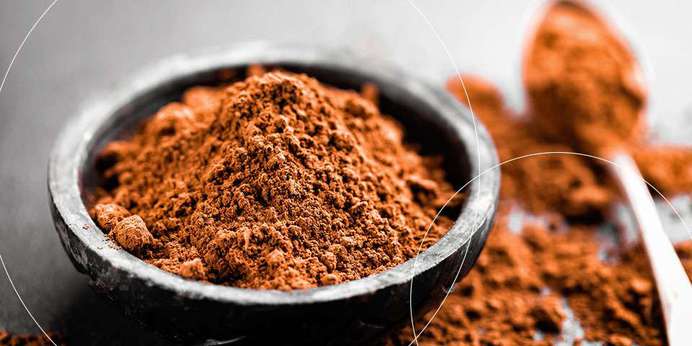
For more than 70 years, HunterLab has pioneered solutions for the food industry. Color measurement is key to creating a consistent brand identity through your products and maintaining consumer trust in your processes. Foods like cocoa powder are in nearly every home cupboard, so delivering a superior solution with the expected appearance is the best way to beat the competition. Learn more about cocoa powder color measurement today.

